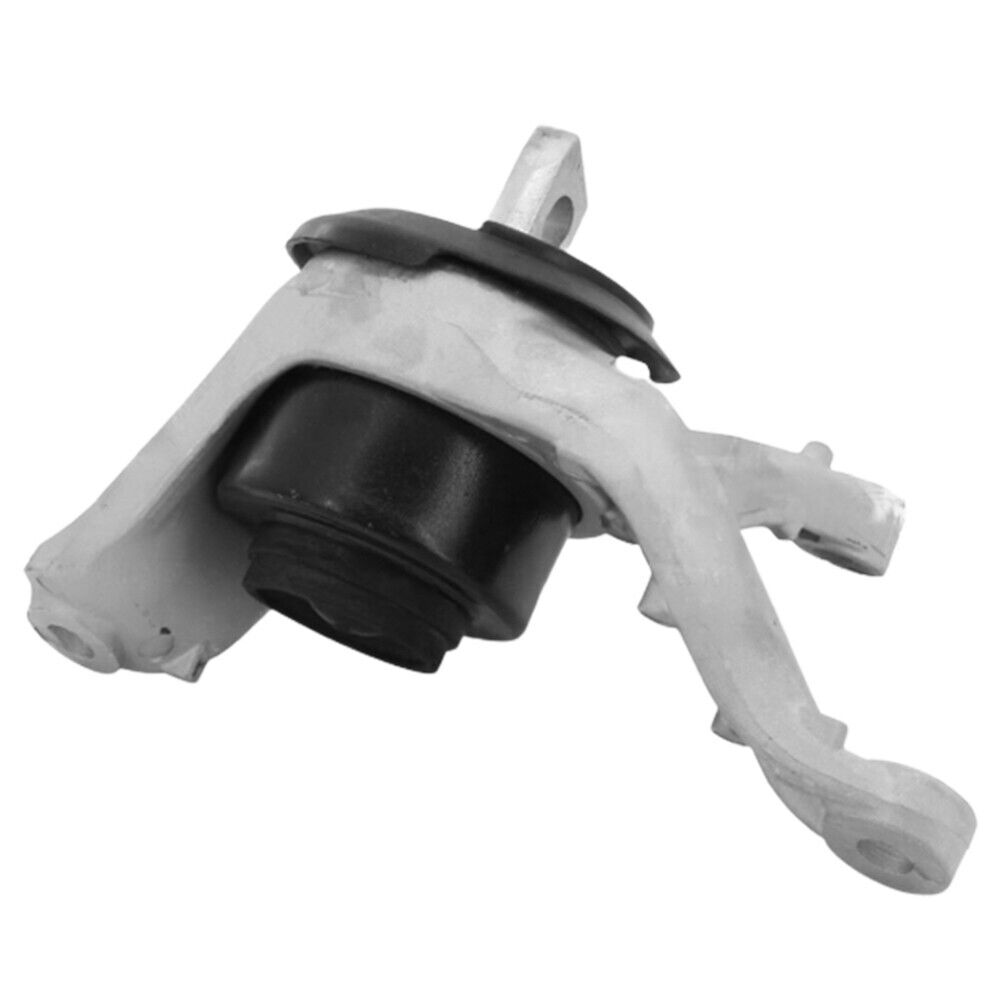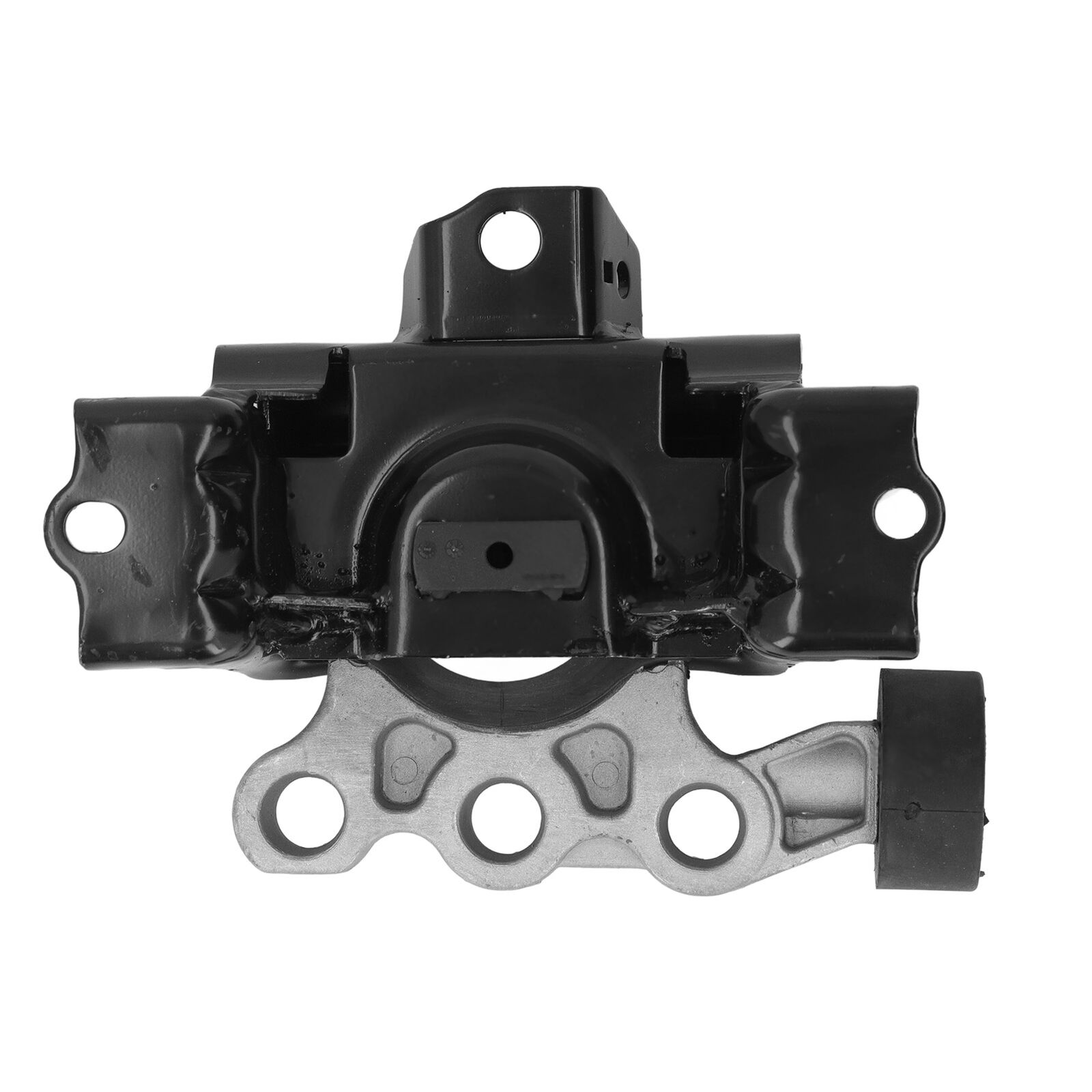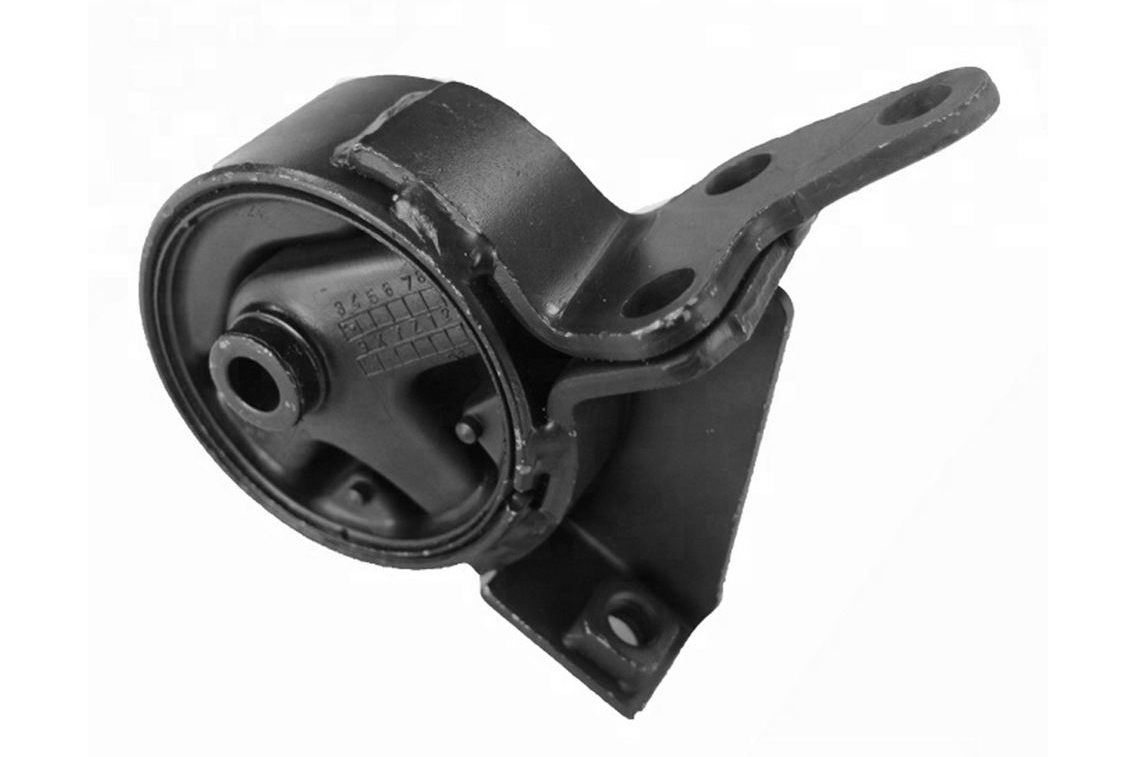Categories
Hot News

Online consulting
If you have any questions, please contact our online customer service staff immediately
Engine Mounts: The Critical Link Between Powertrain Refinement and Vehicle Dynamics
 Click:158
Click:158  Time:2025-10-30 11:20:11
Time:2025-10-30 11:20:11
While the primary role of the engine mount in vibration isolation is well-established, its profound influence on overall vehicle dynamics is a more nuanced, yet equally critical, engineering consideration. This component acts as the definitive interface between the vehicle's vibrating power source and its responsive chassis, making its design a key determinant in the character and capability of the entire vehicle.
The performance of an engine mount is defined by its dynamic stiffness and damping characteristics. Unlike static stiffness, which is a simple measure of resistance to a constant force, dynamic stiffness describes how the mount behaves under the varying frequencies and amplitudes of real-world engine operation. An optimally tuned mount provides low static stiffness to absorb small, high-frequency vibrations (ensuring a quiet cabin), while simultaneously offering high dynamic stiffness to control large, low-frequency engine movements (preventing excessive drivetrain lash and preserving handling integrity).
This balance is paramount for vehicle agility. During aggressive cornering, acceleration, and braking, significant inertial forces act upon the powertrain. A mount that is too soft will allow the engine to "roll" or "pitch," subtly shifting the vehicle's center of gravity and compromising the precision of the suspension geometry. This can lead to imprecise turn-in and a general feeling of instability. Conversely, a mount that is too rigid transmits excessive noise, vibration, and harshness (NVH), sacrificing comfort for a marginal, often undesirable, gain in perceived connectedness.
The evolution of performance and luxury vehicles has therefore driven the adoption of advanced mount technologies. Hydraulic mounts, with their frequency-dependent damping, have become the standard for balancing comfort and control. For ultra-high-performance and premium segments, adaptive or active mounts represent the cutting edge. These systems use electronic controls to instantly alter their stiffness. In "Comfort" mode, they remain soft for cruising refinement; a switch to "Sport" or "Track" mode triggers a firming of the mount, effectively locking the engine more rigidly to the chassis for instantaneous throttle response and superior cornering stability.
Furthermore, the rise of electric vehicles (EVs) presents a new set of challenges. While EVs lack the low-frequency vibrations of an internal combustion engine, they introduce high-frequency whine from the electric motor and present new NVH challenges due to their near-silent operation, making previously masked road and wind noises more apparent. EV mounts must also be designed to handle the immense, instantaneous torque of electric motors without excessive powertrain twist, all while being extremely lightweight to maximize driving range.
In essence, the modern engine mount is a key tuning parameter. Engineers no longer view it as a simple isolator but as a dynamic chassis component. Its precise calibration is a delicate compromise, a testament to the intricate dance between the conflicting goals of sublime comfort, razor-sharp handling, and overall vehicle refinement.
The performance of an engine mount is defined by its dynamic stiffness and damping characteristics. Unlike static stiffness, which is a simple measure of resistance to a constant force, dynamic stiffness describes how the mount behaves under the varying frequencies and amplitudes of real-world engine operation. An optimally tuned mount provides low static stiffness to absorb small, high-frequency vibrations (ensuring a quiet cabin), while simultaneously offering high dynamic stiffness to control large, low-frequency engine movements (preventing excessive drivetrain lash and preserving handling integrity).
This balance is paramount for vehicle agility. During aggressive cornering, acceleration, and braking, significant inertial forces act upon the powertrain. A mount that is too soft will allow the engine to "roll" or "pitch," subtly shifting the vehicle's center of gravity and compromising the precision of the suspension geometry. This can lead to imprecise turn-in and a general feeling of instability. Conversely, a mount that is too rigid transmits excessive noise, vibration, and harshness (NVH), sacrificing comfort for a marginal, often undesirable, gain in perceived connectedness.
The evolution of performance and luxury vehicles has therefore driven the adoption of advanced mount technologies. Hydraulic mounts, with their frequency-dependent damping, have become the standard for balancing comfort and control. For ultra-high-performance and premium segments, adaptive or active mounts represent the cutting edge. These systems use electronic controls to instantly alter their stiffness. In "Comfort" mode, they remain soft for cruising refinement; a switch to "Sport" or "Track" mode triggers a firming of the mount, effectively locking the engine more rigidly to the chassis for instantaneous throttle response and superior cornering stability.
Furthermore, the rise of electric vehicles (EVs) presents a new set of challenges. While EVs lack the low-frequency vibrations of an internal combustion engine, they introduce high-frequency whine from the electric motor and present new NVH challenges due to their near-silent operation, making previously masked road and wind noises more apparent. EV mounts must also be designed to handle the immense, instantaneous torque of electric motors without excessive powertrain twist, all while being extremely lightweight to maximize driving range.
In essence, the modern engine mount is a key tuning parameter. Engineers no longer view it as a simple isolator but as a dynamic chassis component. Its precise calibration is a delicate compromise, a testament to the intricate dance between the conflicting goals of sublime comfort, razor-sharp handling, and overall vehicle refinement.
- Previous Article:The Material Science of Engine Mounts: Engineering Comfort from the Molecular Level Up
- Next Article:
TAG:
 hbtaiji@aliyun.com
hbtaiji@aliyun.com +86-18632966266
+86-18632966266








 Tel:
Tel: Email:
Email: Adds:
Adds: Home
Home WhatsApp
WhatsApp Email
Email